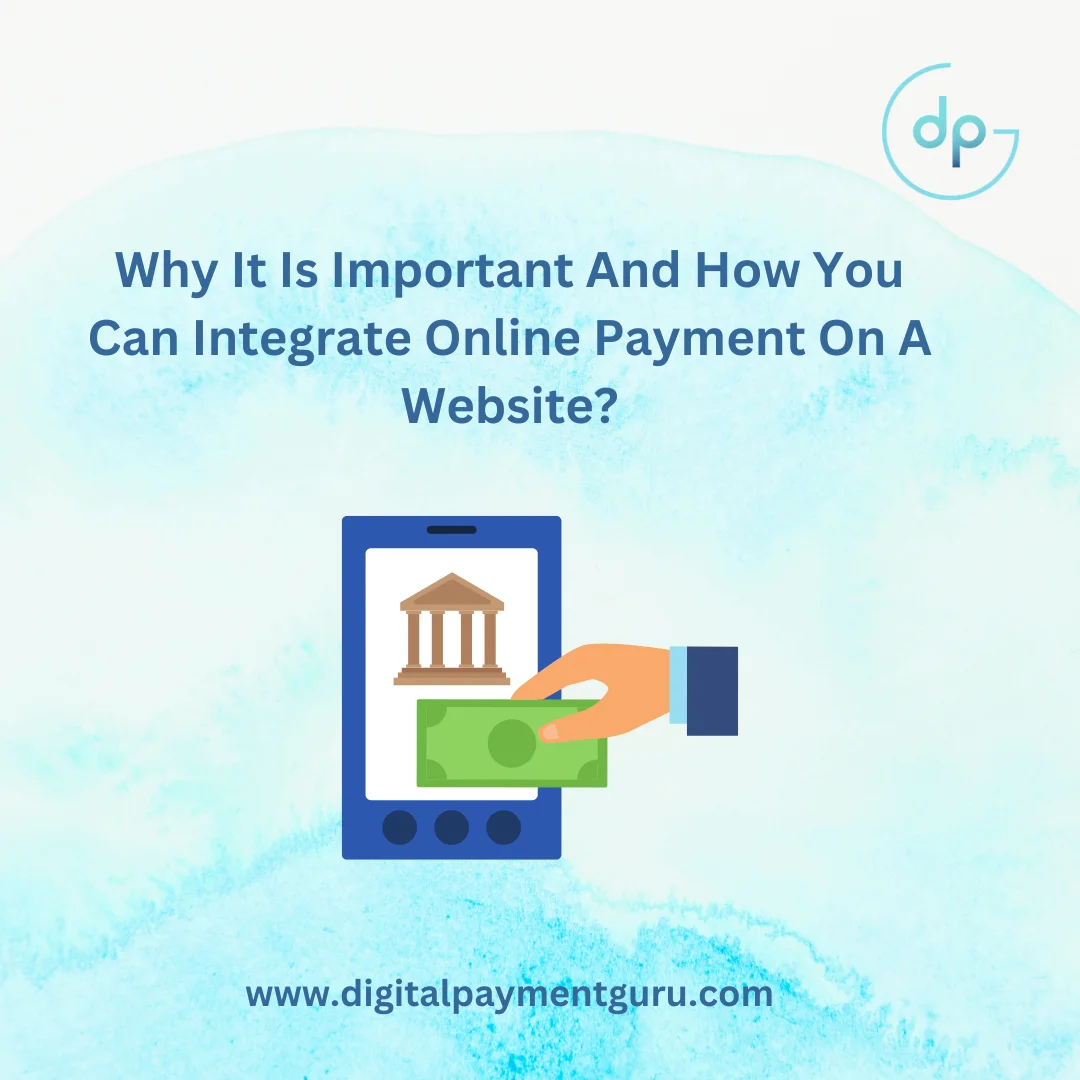so online payment is crucial to be set up and integrated before the website is launched. In the following, we will look at the payment options available and what needs to be done to keep the business running smoothly.
Payment Options :
To give your site the best chance of success, the payment options you offer must allow as many customers as possible to buy from you. That means you need to accept credit cards, debit cards, and online payment, some of the three most popular ways people pay online.
Although they are used less often, there are other payment solutions that you can use if you wish. You can, for example, accept payment by bank transfer. For smartphone users, an alternative is to allow payment through apps such as Apple Pay or Google Pay. Finally, if there is no possibility of implementing these functions at all, then it is enough to offer cashback payment.
Taking Credit And Debit Card Transactions :
In this section, we’ll look at what you need to do to accept online card payments. Payment gateways, payment processors, and merchant accounts are all things you’ll need to set up.
Opening A Merchant Account :
Standard business bank accounts don’t allow you to take online payments from debit or credit cards, so you’ll need to open a separate merchant account before you can accept them. The sole function of a merchant account is to make online payments so that once the transactions have taken place, the money is instantly transferred to your standard business account.
There is a wide range of accounts available and it is not necessary to use the one provided by the bank where you already have a business account. Indeed, it would be preferable to choose a different provider, as the fees may be lower.
And although these are a bit difficult to compare, as some banks charge a set monthly fee, some take a percentage of the value of each transaction, and others charge both ways at the same time.
Choosing A Payment Processor :
A payment processor is a third-party company that handles financial transactions between you and customers. It ensures that payment takes place by transmitting payment information, i.e. card details, from the buyer to the merchant account. Part of this process will involve communicating with the customer’s card company to authorize the payment. Payment processors also work the other way around, allowing refunds to be made and ensuring that the money goes directly into the customer’s account.
Although payment processors belong to separate companies from the merchant account provider, the fees for their services are often included in those of the merchant account.
Setting Up A Payment Gateway :
A payment gateway is software that performs several important functions such as:
-
calculates the cost of the goods in the shopping cart
-
add any VAT
-
calculates the correct shipping costs from the chosen options
-
deducts any discounts on the codes or vouchers used by the customer
-
securely retrieves and encrypts card data and customer information
In many cases, the payment gateway is provided by the payment processor and you will need to install it on the site from which the online commerce activity is carried out. If you use a CMS, such as WordPress, you can choose from a multitude of plugins specially designed to easily integrate a payment gateway.
SSL Certificate :
If you accept card payments of any kind, you will need to take steps to ensure that your customer’s financial data is kept secure during the transition from your website to your payment processor. The way you can achieve this is by getting an SSL certificate. An SSL certificate encrypts your card information and other data so that even if it is intercepted during the transition, it cannot be accessed and stolen.
Another benefit of an SSL certificate is that websites that use them have a green padlock displayed on users’ browsers to indicate that it is secure. This gives customers more confidence in making purchases, which is especially important if you own a new business looking to attract customers for the first time.


